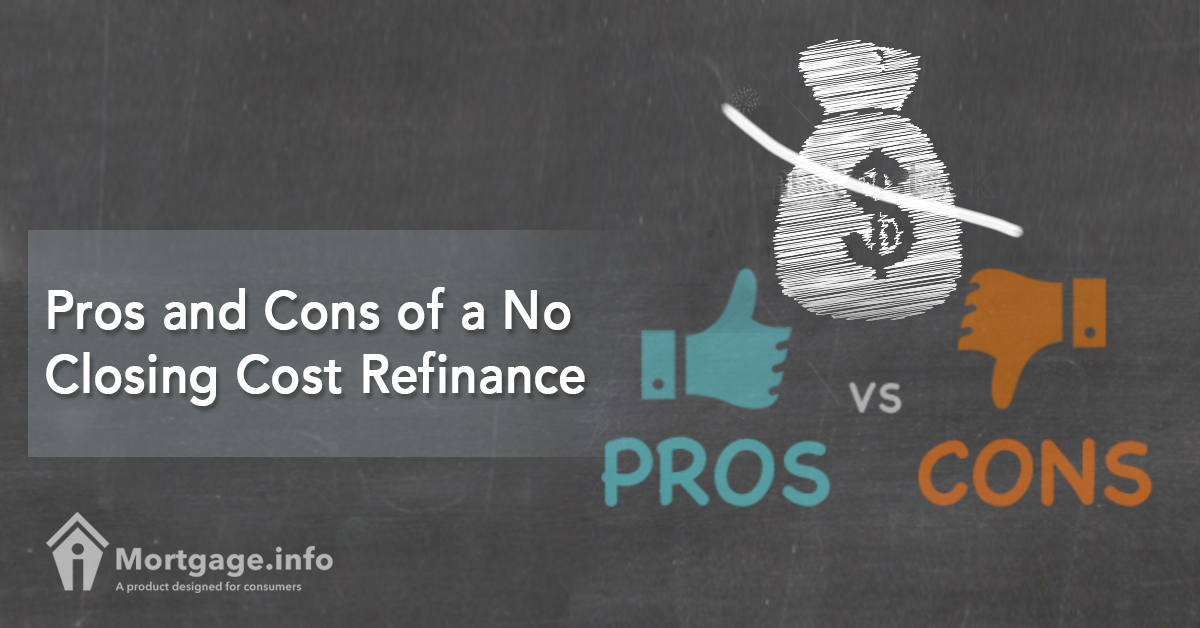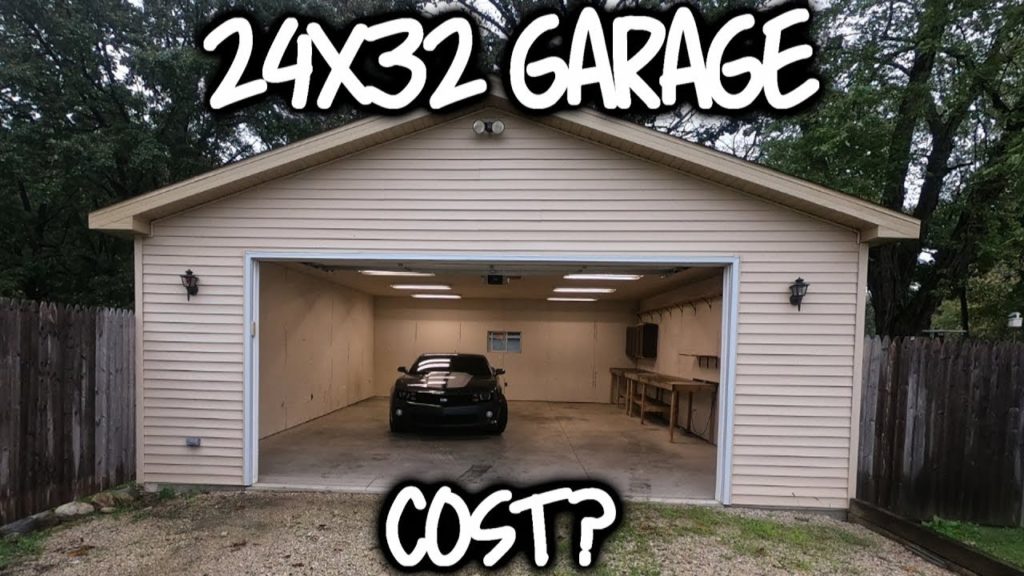Table of Content
Refinancing can allow you to lock in a fixed rate if you currently have an adjustable-rate mortgage . ARMs have a set interest rate for a certain period of time, but, after that, the interest rate could rise, which means a higher monthly payment. You might also consider paying mortgage points, or discount points, which let you reduce your interest rate. Each mortgage point represents a particular reduction in interest (say 0.25%) and typically costs 1% of the mortgage loan amount.
It can be more difficult to budget for a mortgage payment on an ARM for this reason. By locking in a fixed rate through refinancing, you can be sure your monthly payment won’t change over the life of the loan. If you don’t have the cash to pay for closing costs, you still have some refinancing options. A no-closing-cost refinance has no upfront costs, but you will have to pay back the closing costs in other ways. The closing costs for a mortgage refinance vary according to the size of your loan and state and county where you live. The average refinance closing costs increased in 2021 to $2,375 , according to ClosingCorp.
How to refinance
We also reference original research from other reputable publishers where appropriate. You can learn more about the standards we follow in producing accurate, unbiased content in oureditorial policy. You should get the final closing statement a day or two before you close. Take the time to review the closing statement before you sign the paperwork and ask about any fees that you don’t understand.

Overall, a cash-out refinance is a great way to access low-interest funds for any reason. Let’s say you have a home worth $150,000 and you’ve paid off $50,000. Your current loan balance is $100,000 and you have $50,000 worth of equity in your property.
Business payments
Today, a number of closely followed mortgage refinance rates climbed. It can cost as much as 2% to 6% of the full cost of the loan to refinance a mortgage. Make sure to find out the exact closing costs from your lender. Borrowers with a 30-year fixed-rate jumbo mortgage refinance with today’s interest rate of 6.65% will pay $4,815 per month in principal and interest per $750,000. The 15-year fixed mortgage refinance is currently averaging about 6.01%. That’s compared to the average of 5.93% at this time last week and the 52-week low of 5.86%.

The average interest rate for a 5/1 ARM is currently 5.36%. That’s compared to the 52-week low of 5.29% and the average rate at this time last week of 5.37%. No-closing cost refinances are available, but are they worth it? Read our guide to no-cost refinances to decide which refinance is right for you. If you want to access funds from the equity in your home, consider acash-out refinance.
Personal
If the down payment is less than 20%, mortgage insurance may be required, which could increase the monthly payment and the APR. Estimated monthly payment does not include amounts for taxes and insurance premiums and the actual payment obligation will be greater. This mortgage refinance cost calculator provides customized information based on the information you provide. But, it also makes some assumptions about mortgage insurance and other costs, which can be significant. It’s a little different with FHA loans, which are backed by the Federal Housing Administration .
Getting rate quotes from multiple mortgage refinance lenders can help you find the best rate and term. Use a mortgage refinance calculator to help compare your costs to the average amount. Refinancing your mortgage can help you meet a number of financial goals, like reducing your monthly mortgage payment, paying off your house sooner or tapping the equity in your home. Doing this might cost less than starting over with a new company or policy.
Some are mandatory, like those to record the note with your state or county. The Ascent is a Motley Fool service that rates and reviews essential products for your everyday money matters. © 2022 NextAdvisor, LLC A Red Ventures Company All Rights Reserved. Use of this site constitutes acceptance of our Terms of Use, Privacy Policy and California Do Not Sell My Personal Information. NextAdvisor may receive compensation for some links to products and services on this website. However, government-imposed fees and third-party expenses such as taxes, attorney review fees and home appraisals have little wiggle room.
When you compare lenders, investigate the interest rates and closing costs. You should get an estimate of the fees and and interest rate when you apply for a loan. For example, consider a case where your total closing costs are around $4,500 and your new mortgage payment is $150 lower each month. This means that it would take around 30 months to break even on the closing costs that you had to pay with the amount you are saving each month. The lower the number of months, the more it makes sense to refinance. This calculation isn’t exact, but it can be one factor that you use to help you decide if you should refinance your mortgage.
If you don’t have the cash to pay the full cost to refinance your mortgage up front, ask your lender about a no-closing-cost refinance option. A loan with a lower mortgage rate reduces your monthly mortgage payment and lifetime interest costs. If your credit history has improved since you took out your current loan, you could refinance and get a lower rate. Your monthly savings amount depends on your new rate and the cost to refinance into a new loan. Use a refinance cost calculator to help you better estimate your bottom line.
Comparing mortgage refinance rates can help you find the best repayment term and lender fees to avoid unnecessary costs. By avoiding closing costs upfront, you can cover whatever you’re hoping to pay for now — a home renovation or a wedding, for example. The downside, however, is that you could end up paying more over the life of the loan.
Performance information may have changed since the time of publication. Additionally, third-party fees or government taxes can be more in high-cost areas. Freddie Mac states the average cost to refinance a home loan is $5,000. However, the actual price primarily depends on your loan size and location.

You can cover these costs by rolling the expenses back into the loan principal or taking a higher interest rate. With the first option, your closing costs will essentially increase your loan amount. Rising costs could mean you’re looking for creative ways to save. A mortgage payment is the biggest monthly expense for most Americans, so any reduction in this payment could have a big impact on your budget. Purchasing mortgage points can increase your out-of-pocket closing costs but it reduces your interest rate. Typically, one point costs 1% of the loan amount and reduces your rate by 0.25%.
Monthly payments on a 15-year refinance loan can be a considerable amount more than what you’d get with a 30-year mortgage. However, a shorter loan term can save you thousands of dollars interest over the life of the loan. You can use our mortgage calculator to determine how much your mortgage will cost you every month and find out how much less interest you’ll pay by making additional payments.





